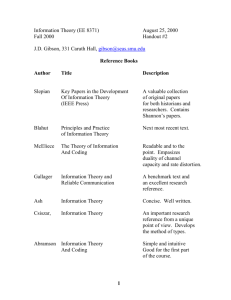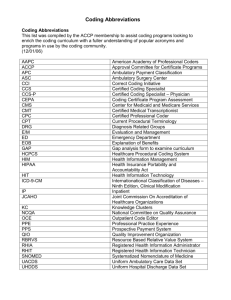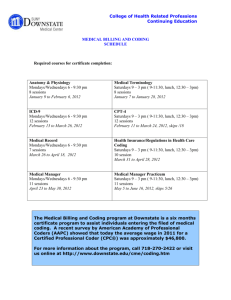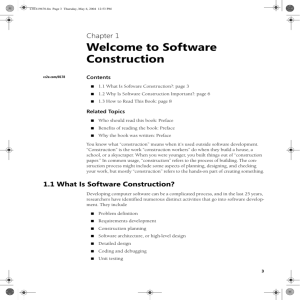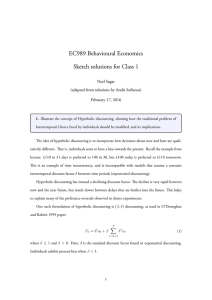Data Analysis in Three Steps
advertisement
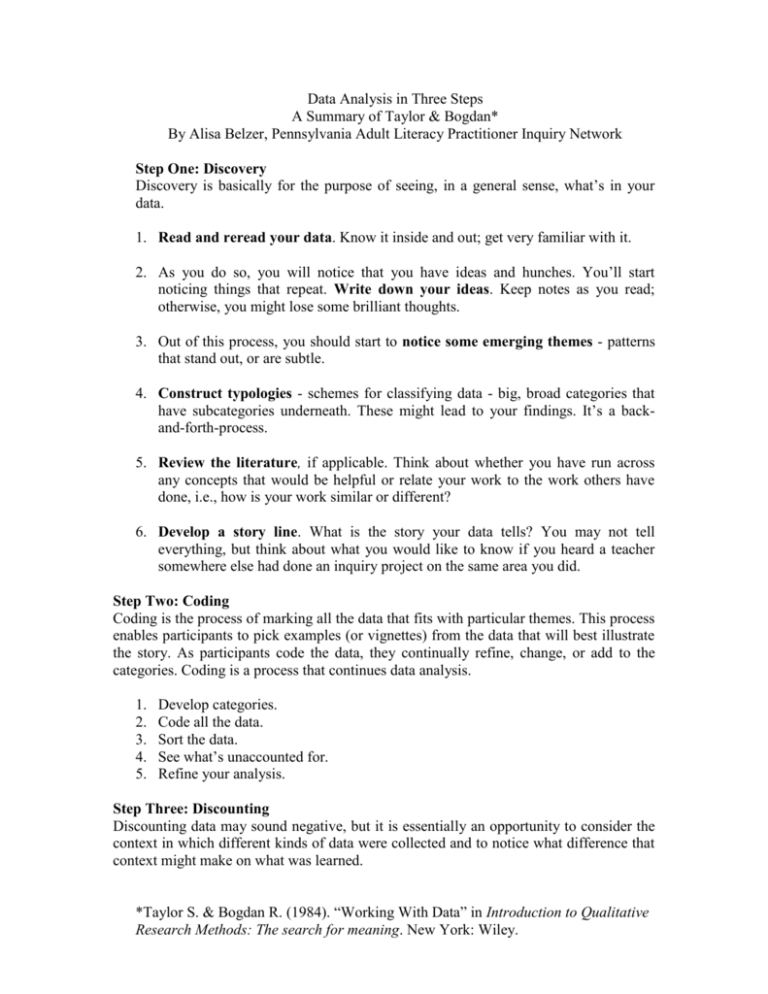
Data Analysis in Three Steps A Summary of Taylor & Bogdan* By Alisa Belzer, Pennsylvania Adult Literacy Practitioner Inquiry Network Step One: Discovery Discovery is basically for the purpose of seeing, in a general sense, what’s in your data. 1. Read and reread your data. Know it inside and out; get very familiar with it. 2. As you do so, you will notice that you have ideas and hunches. You’ll start noticing things that repeat. Write down your ideas. Keep notes as you read; otherwise, you might lose some brilliant thoughts. 3. Out of this process, you should start to notice some emerging themes - patterns that stand out, or are subtle. 4. Construct typologies - schemes for classifying data - big, broad categories that have subcategories underneath. These might lead to your findings. It’s a backand-forth-process. 5. Review the literature, if applicable. Think about whether you have run across any concepts that would be helpful or relate your work to the work others have done, i.e., how is your work similar or different? 6. Develop a story line. What is the story your data tells? You may not tell everything, but think about what you would like to know if you heard a teacher somewhere else had done an inquiry project on the same area you did. Step Two: Coding Coding is the process of marking all the data that fits with particular themes. This process enables participants to pick examples (or vignettes) from the data that will best illustrate the story. As participants code the data, they continually refine, change, or add to the categories. Coding is a process that continues data analysis. 1. 2. 3. 4. 5. Develop categories. Code all the data. Sort the data. See what’s unaccounted for. Refine your analysis. Step Three: Discounting Discounting data may sound negative, but it is essentially an opportunity to consider the context in which different kinds of data were collected and to notice what difference that context might make on what was learned. *Taylor S. & Bogdan R. (1984). “Working With Data” in Introduction to Qualitative Research Methods: The search for meaning. New York: Wiley.






